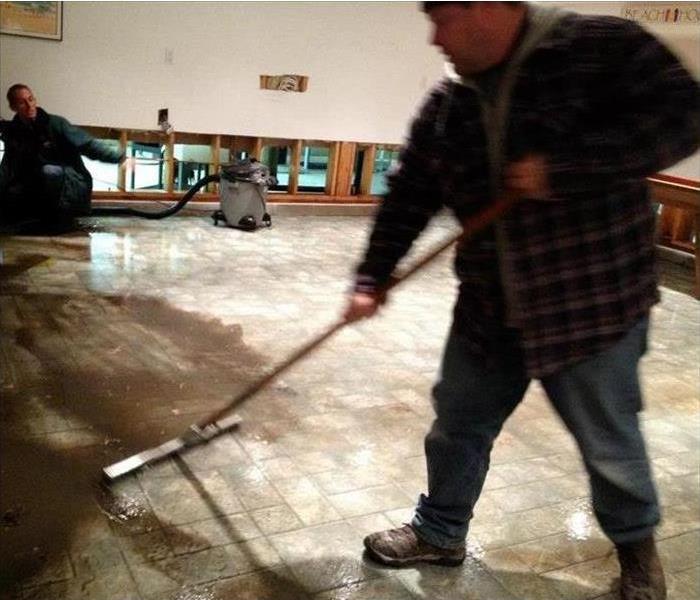How to Prevent Mold Growth After a Flood
11/13/2020 (Permalink)
Damage caused by severe storms and flooding is bad enough on its own, but it's not the only issue that you have to worry about. Failure to resolve flooding quickly and efficiently can result in secondary damage, such as mold growth. Follow the steps below to help protect your commercial business in West Glenn Estates, AZ, from falling victim to unnecessary damage.
Immediately Following the Flood
Mold thrives in dark, moist environments, so it's imperative that you attempt to dry out your commercial building as quickly as possible. A step-by-step guide can help you through the process:
- Take steps to ventilate the building. If the rain has stopped and the air isn't too humid, open your building's windows and doors to assist airflow. Make sure to close the building back up at night before you leave.
- Drain any standing water in the building.
- Remove any soaked items and debris that's left in the building as well.
- Remove porous materials that might still be holding floodwater. This includes paper, ceiling tiles and other similar materials that can foster mold growth.
- Tear up and remove any saturated carpeting.
- If this isn't possible, use a wet/dry vacuum or carpet extractor to attempt to remove the water.
- Use a mold-approved disinfectant or sanitizer to clean and disinfect all exposed surfaces.
- This helps kill the bacteria that causes black mold.
- Help aid ventilation using standing fans.
- Dehumidifiers can also help reduce the amount of moisture in the air itself. For larger spaces, you might want to consider using an industrial-sized dehumidifier.
Removing as much moisture as possible from the area is the most effective method that you can employ to prevent mold growth in your commercial building. You may find it beneficial to contact storm remediation experts to help assist with the drying process. After all, it's best not to take risks when it comes to protecting your property and your business.



 24/7 Emergency Service
24/7 Emergency Service
